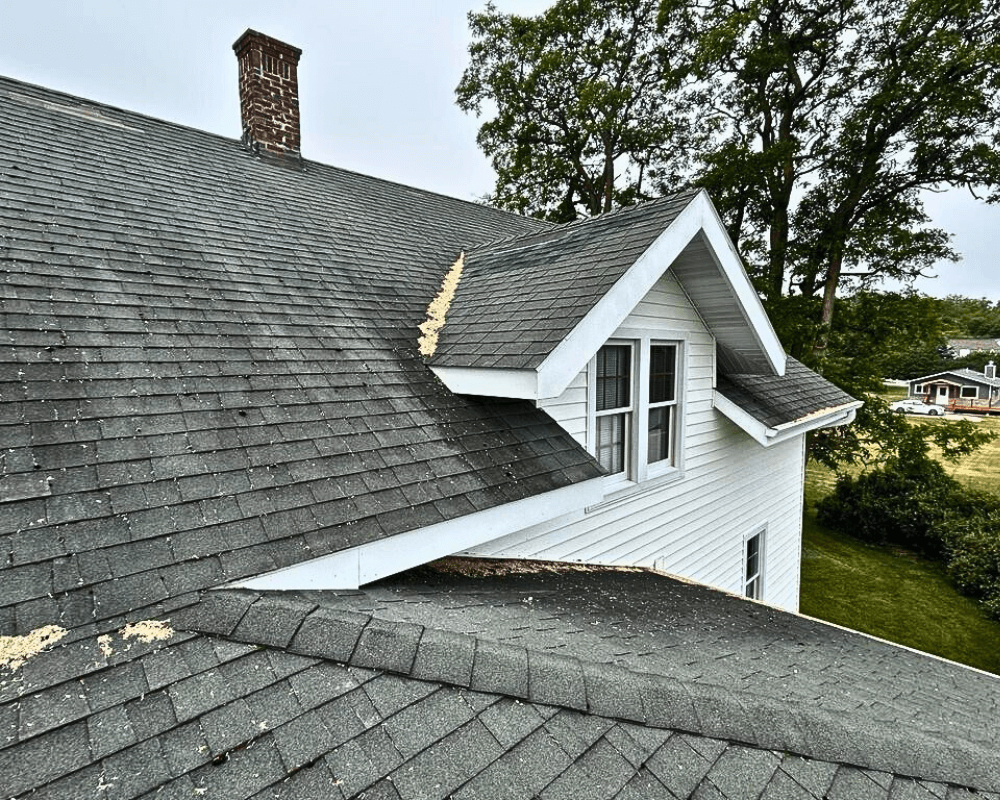
Finding roof leaks can be quite tricky as water can travel through your roof's structure and show up inside the home far from where it initially got in. The visible signs of water damage inside your property might not match where the roof is leaking, making it challenging for you to find the source of the problem. This unpredictability highlights how tricky it can be to locate roof leaks.
Here are a few of the usual suspects when it comes to causing roof leaks. These common culprits can help you to uncover what's behind those leaks on your roof and property.
Keyways or holes will cause shingle roofing leaks if they are not properly sealed or repaired. These openings may have been created during the roof installation process or may develop over time due to wear, damage, or deterioration of roofing materials.
When keyways or holes are left unsealed or inadequately sealed, they provide a direct pathway for rainwater, snowmelt, or debris to penetrate the roofing system. This water intrusion can lead to damage to the underlying roof structure, insulation, and interior of the building. Proper sealing and maintaining any openings or holes in the roof are essential to prevent leaks and ensure the roof's integrity.
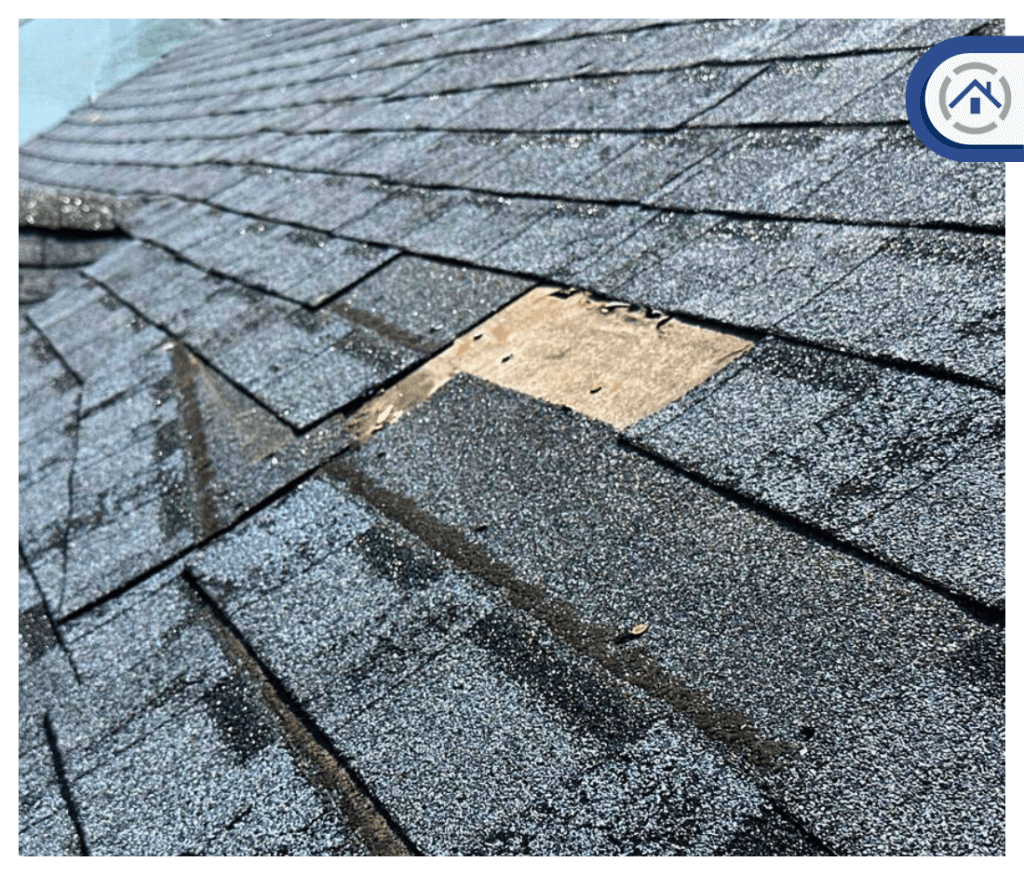
Improper lapping on a roof can cause water leaks by creating gaps, seams, and vulnerabilities in the roofing system. These gaps allow rainwater, wind-driven rain, and even moisture via capillary action to penetrate the roof, leading to leaks. Additionally, it can expedite material deterioration, exacerbate ice dam formation, compromise flashing at transition points, and damage the underlayment.
To prevent shingle roofing leaks, it's crucial to ensure proper installation of roofing materials and regular maintenance, following manufacturer guidelines and local building codes, while addressing any issues promptly with professional roofing contractors.
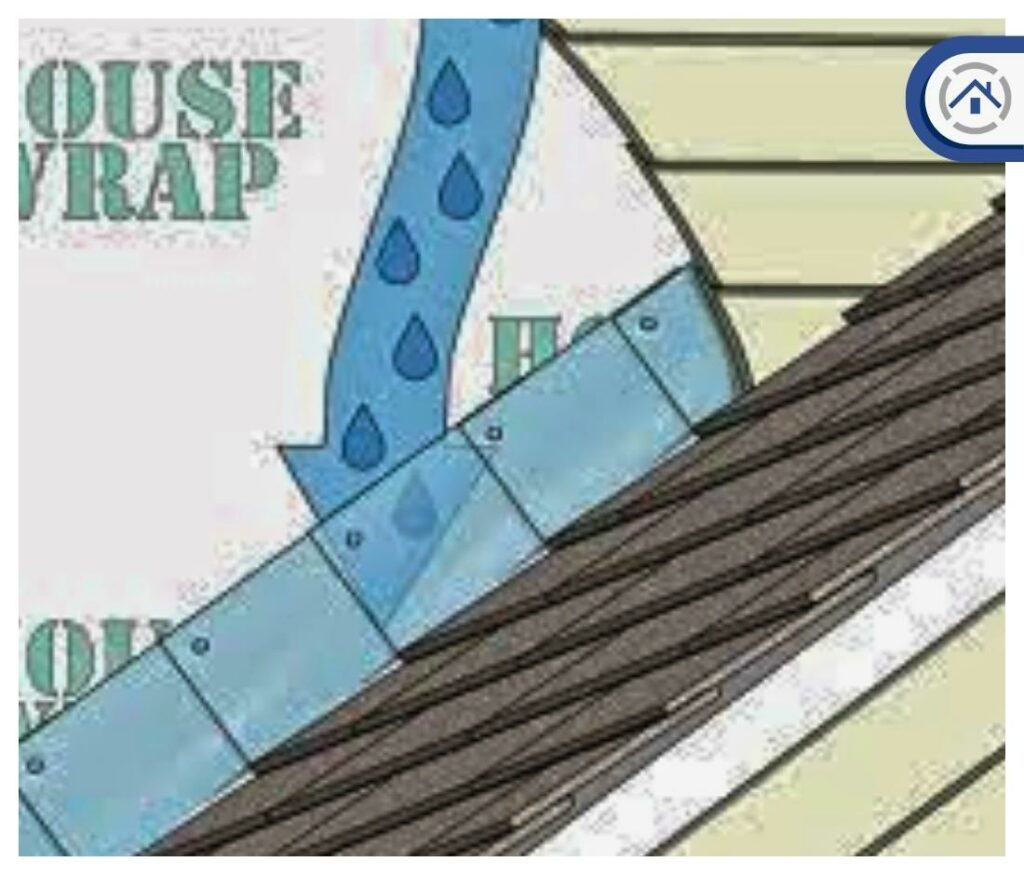
Horizontal water run, in roof or chimney flashing, refers to the path that water can take when it flows horizontally along the surface of the flashing material or a seam in the flashing. This occurs when water, often from rain or snowmelt, runs horizontally across the flashing rather than being directed away from it.
Horizontal water run can cause shingle roofing leaks because it can find its way into gaps, joints, or other vulnerable areas in the flashing system. If the flashing is not properly designed or installed to handle horizontal water flow, it can lead to moisture infiltration into the roof or chimney structure, potentially causing leaks and water damage inside the building.
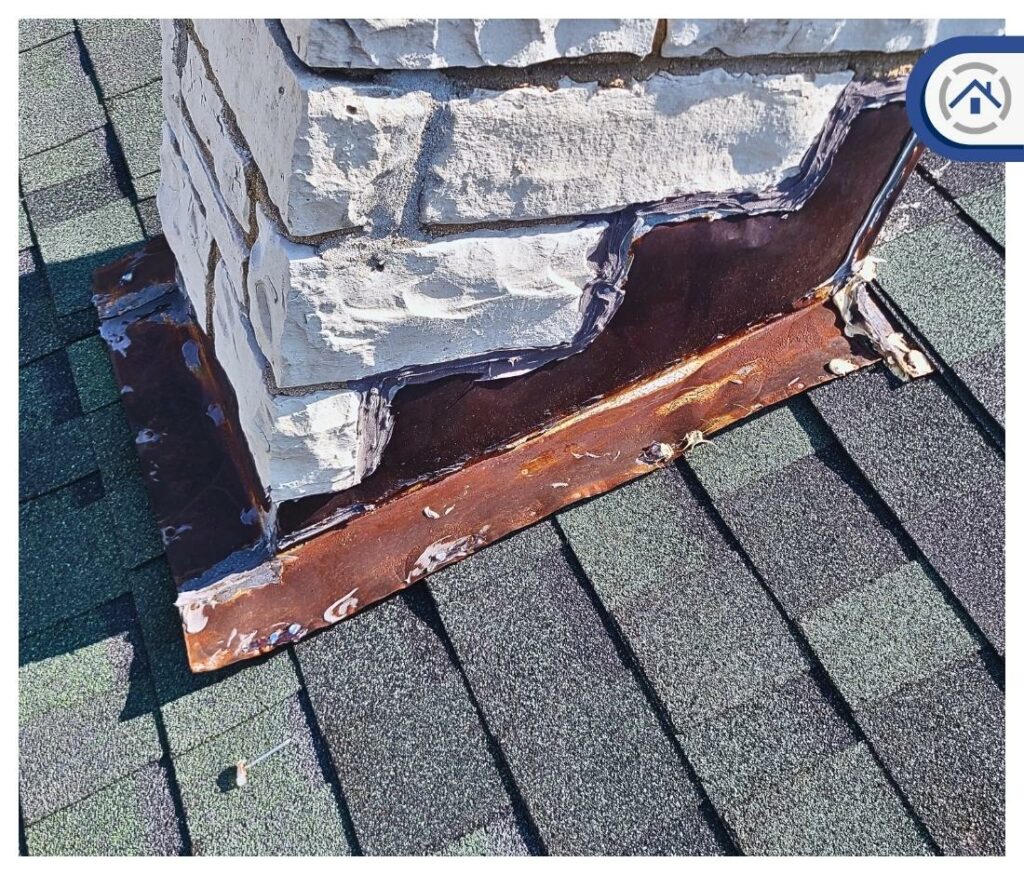
Proper flashing design and installation techniques aim to prevent horizontal water from running and redirect water away from potential entry points.
A failing accessory like a roofing pipe boot can cause shingle roofing leaks due to deterioration of the sealing materials, such as rubber, over time. Exposure to weather conditions, sunlight, and wear and tear can lead to cracking, splitting, and shrinking of the boot, compromising the watertight seal around pipes and vents.
Regular inspections and timely replacement of damaged pipe boots are crucial to prevent water leaks and maintain the integrity of the roof.
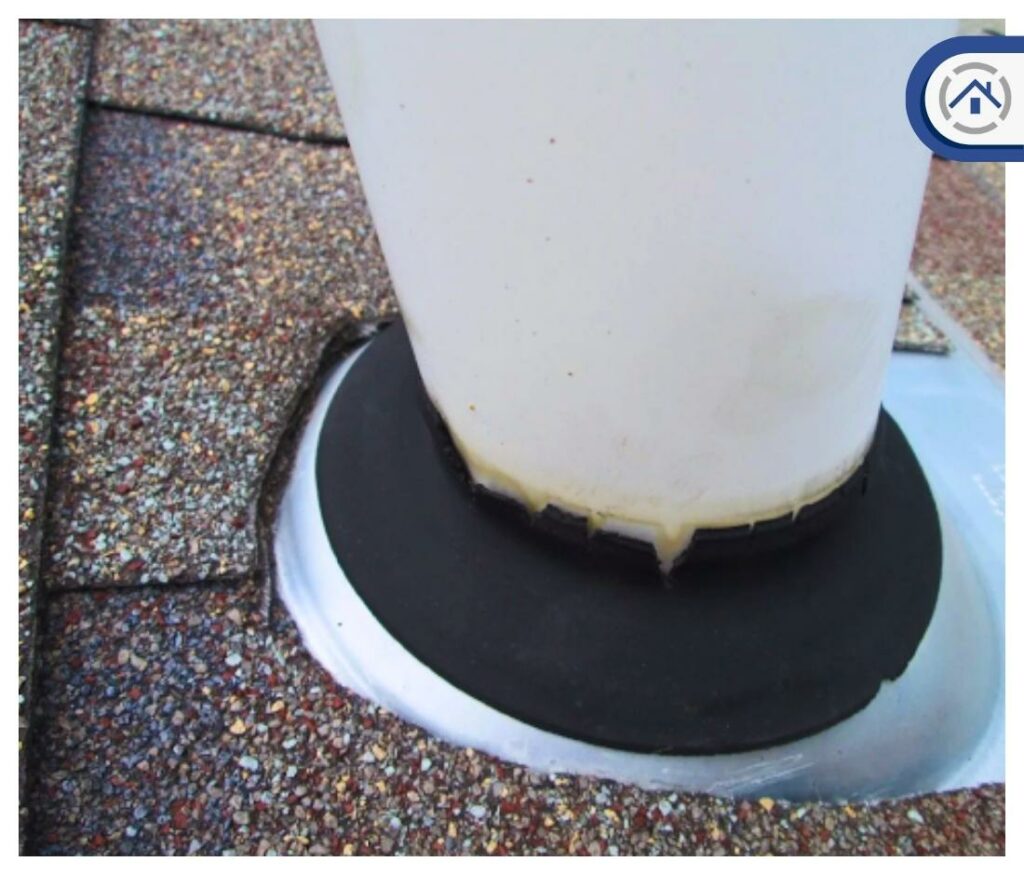
A short J-channel at a roof corner can lead to shingle roofing leaks by failing to effectively divert water away from the vulnerable joint where roofing and siding materials meet. This can result in water infiltration, especially during heavy rains or storms, potentially causing damage and leaks.
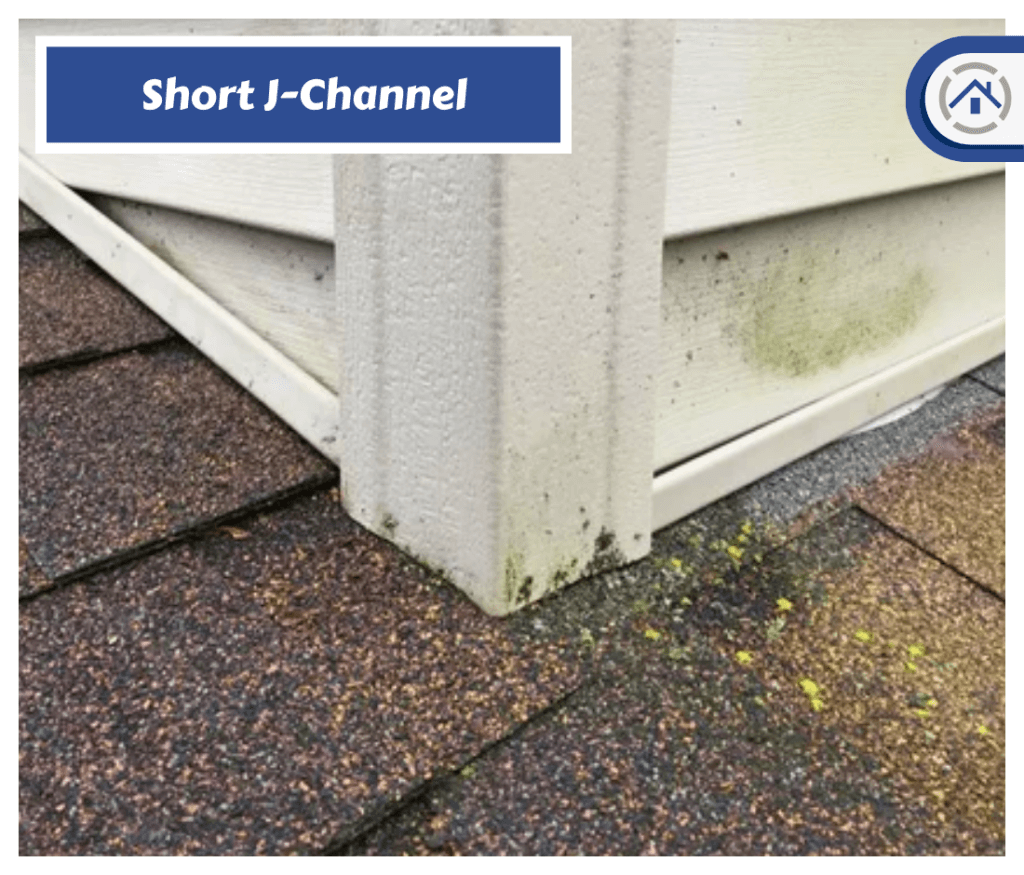
Proper installation, including using the correct length of the J-channel and ensuring a watertight seal with sealant, is essential to prevent such leaks and maintain the roof's integrity. Regular inspections and maintenance are also important to promptly identify and address any issues to avoid costly water damage.
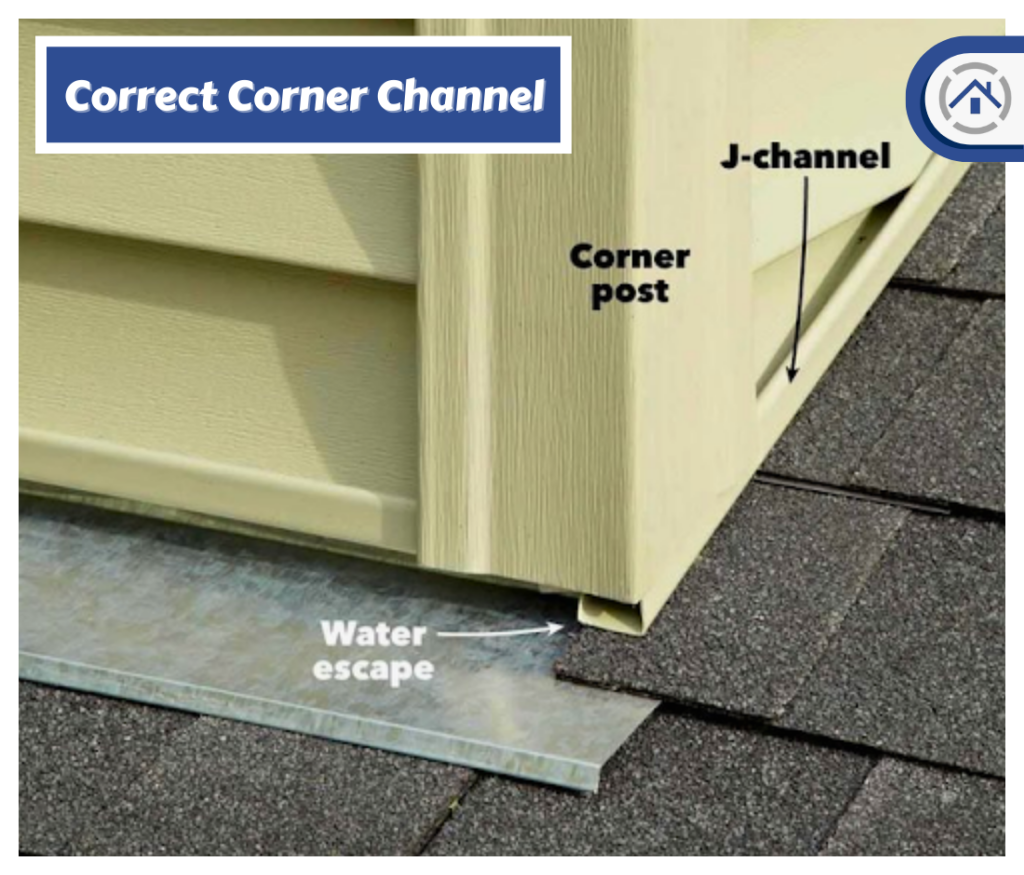
The absence of kickout flashings at the roof-wall intersection can lead to shingle roofing leaks by allowing rainwater to flow down the roof's surface and penetrate the wall or roofing system. This uncontrolled water infiltration can lead to structural damage, wall deterioration, roofing underlayment degradation, and the potential growth of mold and mildew.
Installing kickout flashings is crucial to redirect water away from vulnerable areas, preserving the integrity of the roof and the building's walls and preventing costly water damage.
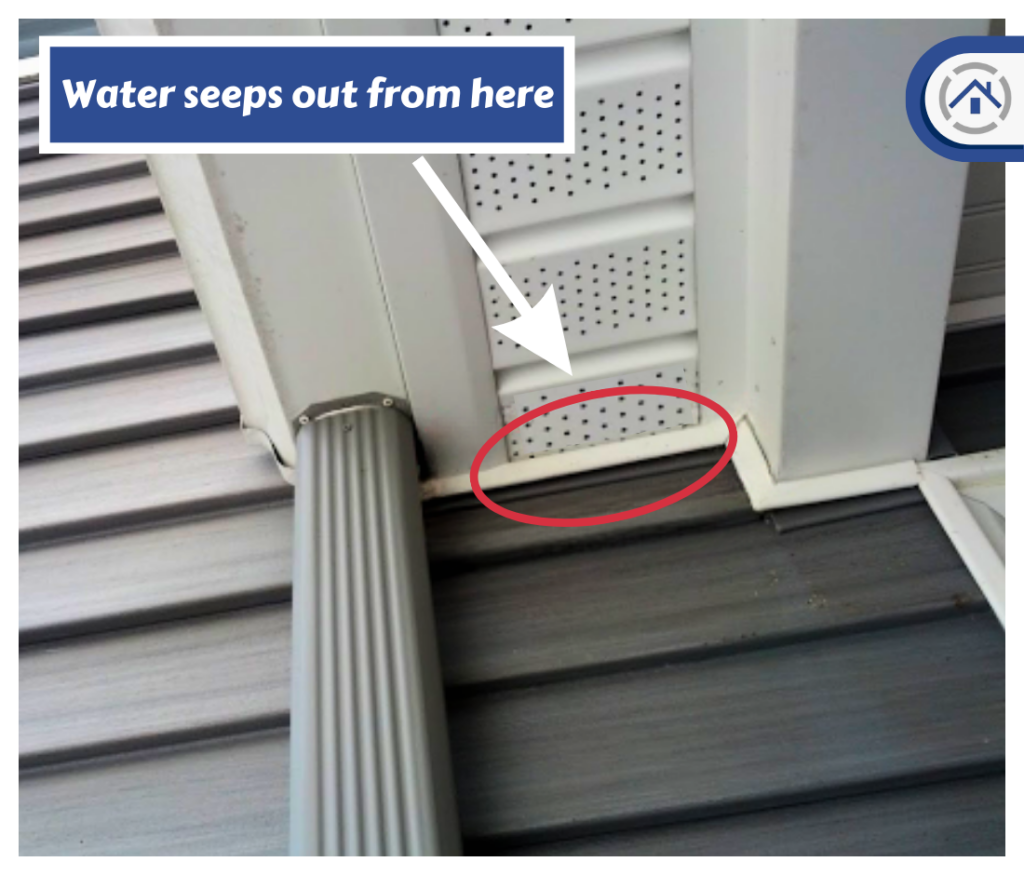
Corners not being properly flashed can cause shingle roofing leaks, creating vulnerable points in the roofing system where water can infiltrate. Flashing, typically made of metal or other waterproof materials, is used to create a watertight seal around roof penetrations, intersections, and vulnerable areas like corners.
When corners are not flashed or are improperly flashed, they lack this protective barrier, allowing rainwater to seep into the roofing system at these junctions. Over time, this water infiltration can lead to structural damage, roofing material deterioration, and interior leaks, potentially causing significant water damage and costly repairs. Proper corner flashing is essential to maintain the integrity of the roof and prevent leaks.
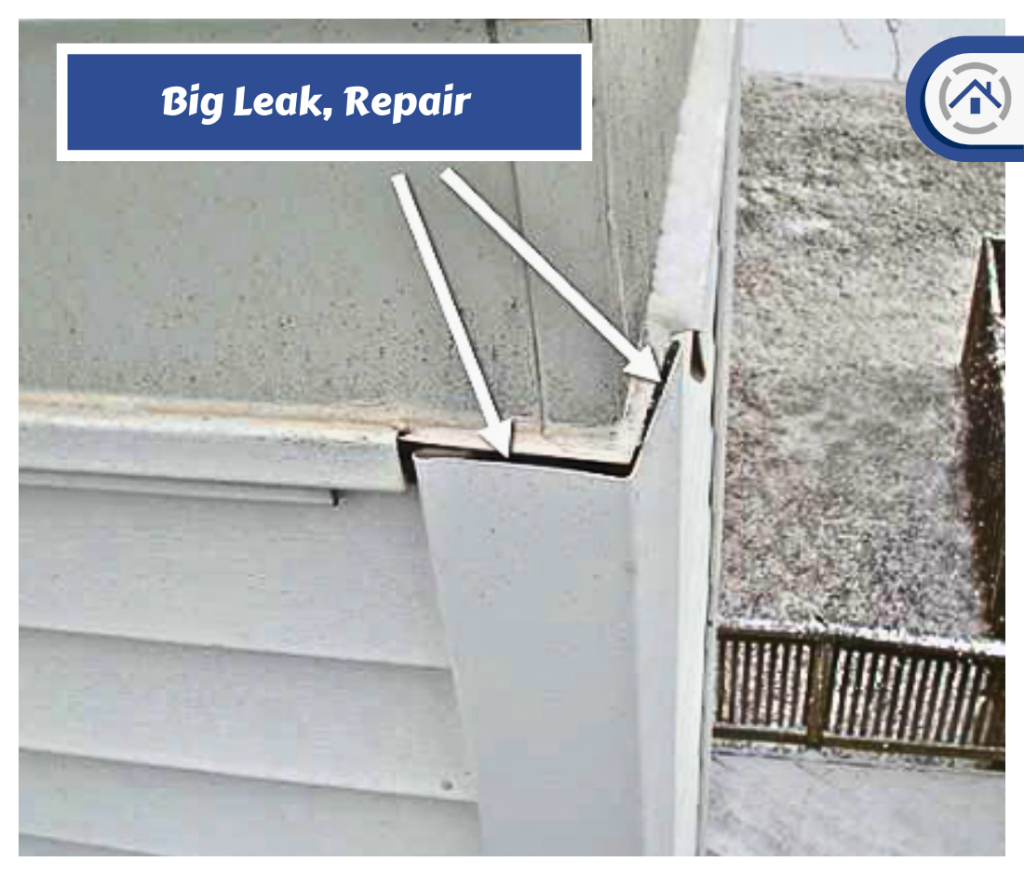
Improperly installed accessories like vents can cause shingle roofing leaks by creating vulnerabilities in the roofing system, such as inadequate seals, poor attachment, incorrect angles, or damage to surrounding roofing materials. These issues can allow rainwater to infiltrate the roof, compromising its integrity and leading to interior leaks.
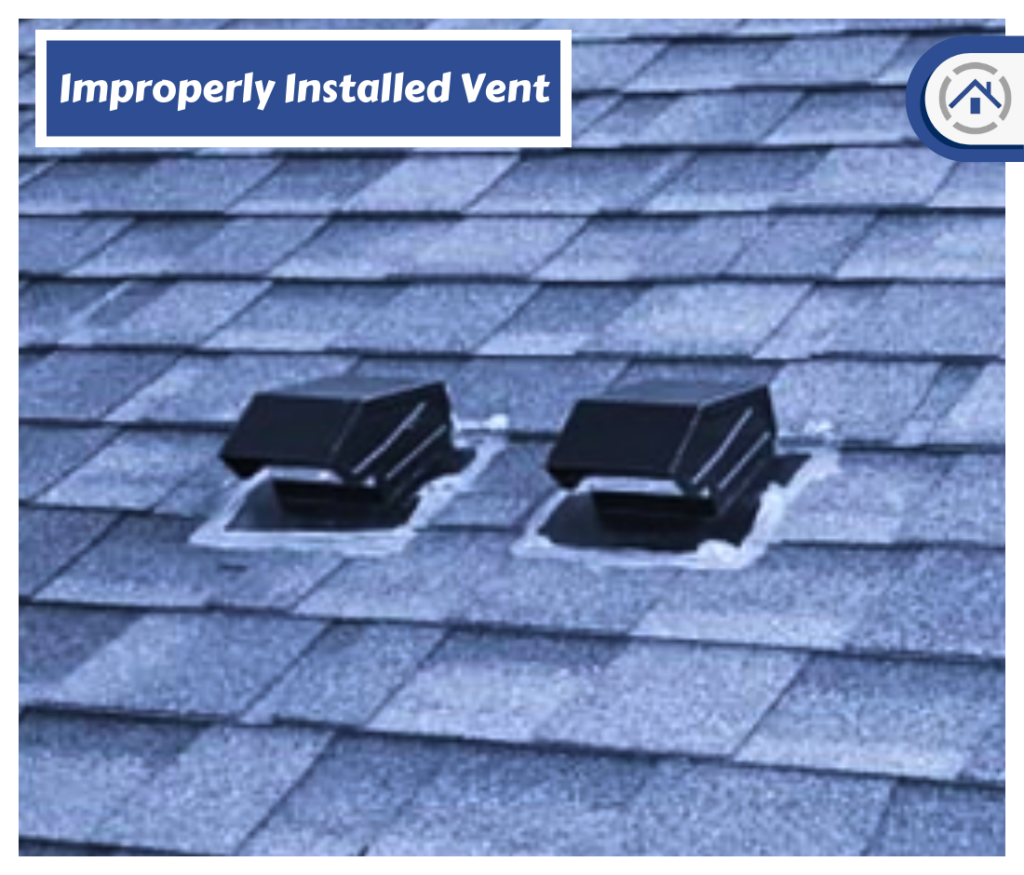
Proper installation techniques, including secure attachment, correct angles, sealing, and compatible materials, are essential to prevent water intrusion and maintain the roof's effectiveness in shedding water.
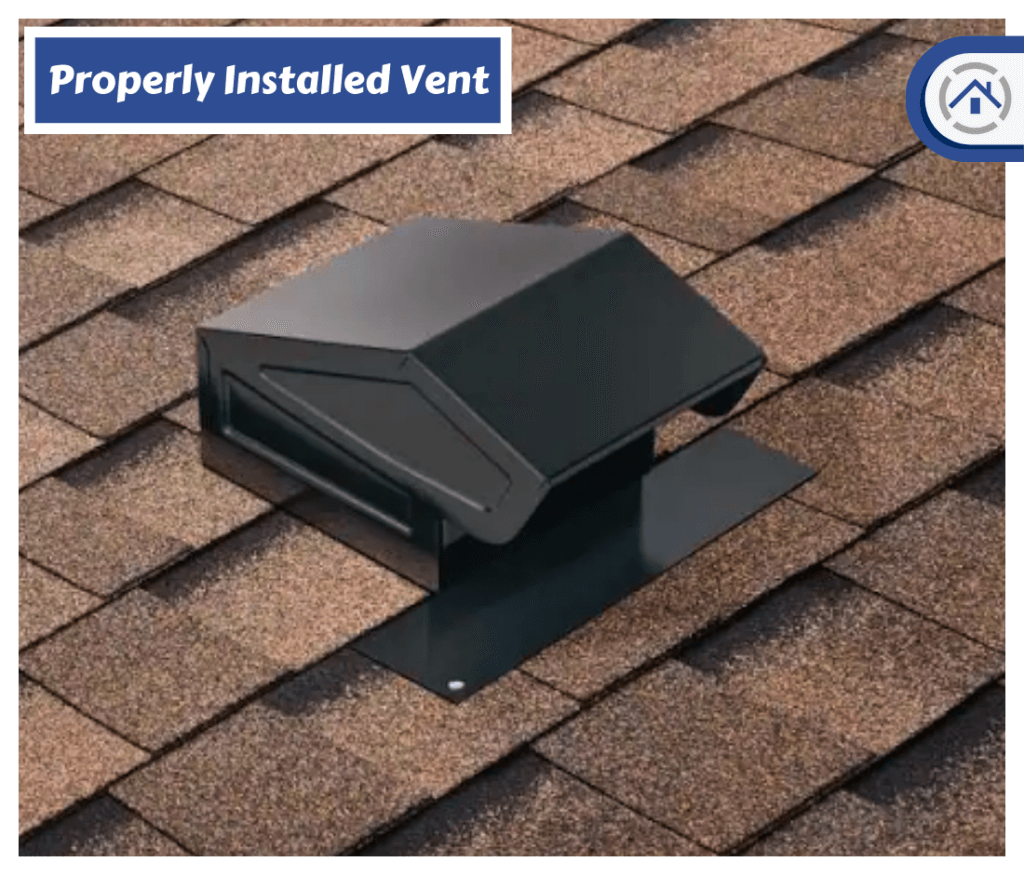
Short valleys or flashings can cause shingle roofing leaks by failing to effectively channel rainwater and melting snow away from the roof's critical intersections. This can lead to water accumulation, backup, and infiltration, potentially compromising the roofing materials, underlayment, and even the roof's structural integrity.
Insufficient valleys also contribute to ice dam formation and premature wear, creating opportunities for water to penetrate the roof and cause damage. Ensuring correct installation, sizing, and ongoing maintenance of valleys and flashings is crucial for preventing leaks and preserving the roof's capacity to drain water efficiently.
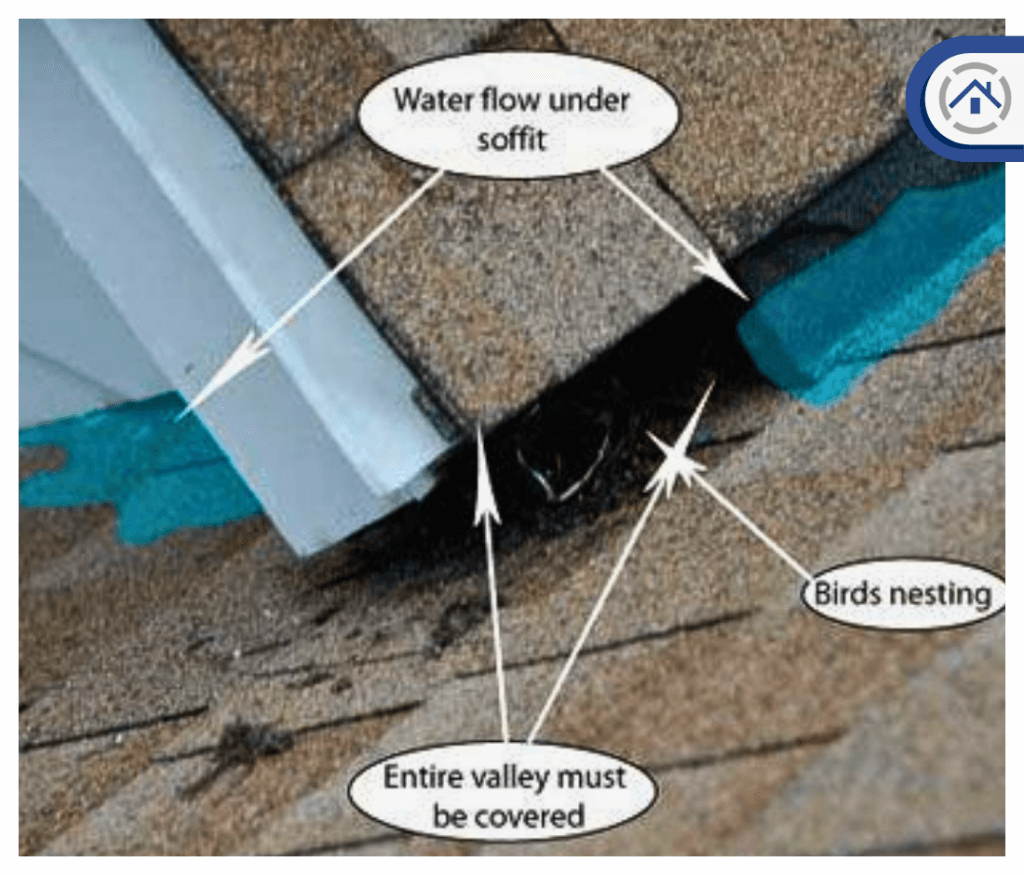
Various factors can contribute to shingle roofing leaks. These issues may seem minor, but their consequences can be significant, leading to water damage, structural deterioration, and costly repairs to your property. It is important to address these concerns promptly and effectively to prevent leaks and maintain your roofing system's integrity.
Seeking the expertise of roofing professionals is essential, as they can assess, repair, and maintain your roof with precision, ensuring that all vulnerabilities are properly addressed. Regular inspections and professional maintenance can save you both time and money in the long run, safeguarding your investment and the structural soundness of your home and property.